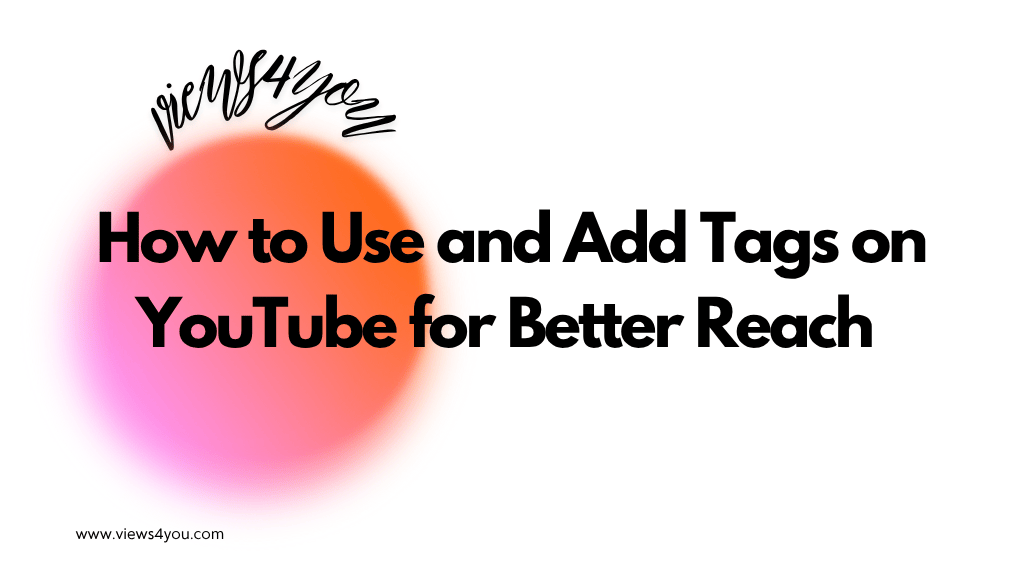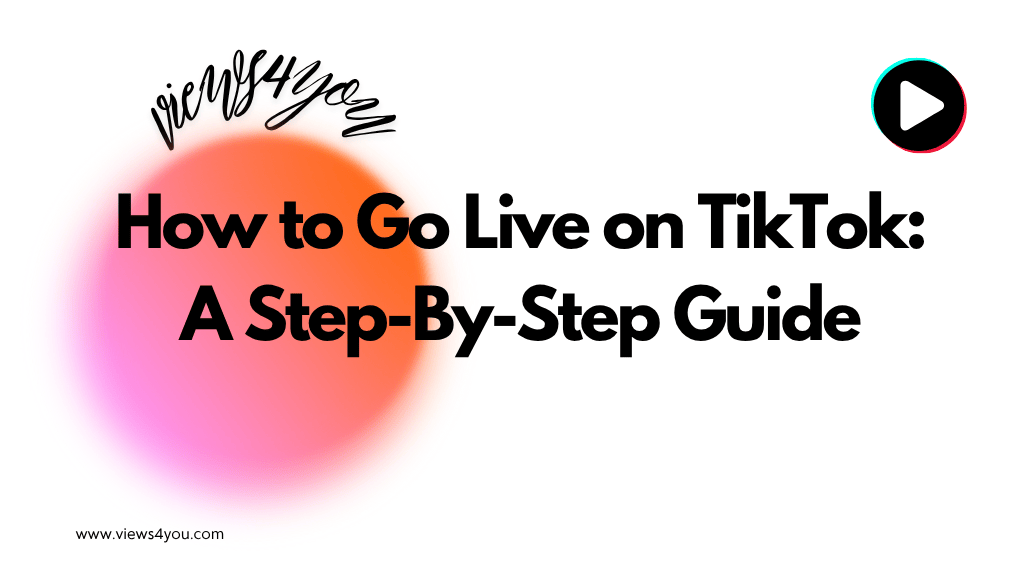100k YouTube subscribers can earn creators between $2,000 and $10,000 per month in 2025, depending on niche, engagement, and revenue streams such as ads, sponsorships, and merchandise.
In 2025, creators with 100k subscribers typically make $1,000–$6,000 per month from ads, and with sponsorships or other revenue streams, that figure can rise to $2,000–$10,000. While not a guarantee of financial freedom, this milestone opens the door to steady and scalable income.
100k Subscribers on YouTube: Expectation vs. Reality
The subscriber count is often mistaken as the ultimate measure of success, but income depends on far more than just hitting 100k. Factors such as niche, geography, and engagement play a defining role. To illustrate, Phelous (Phelan Porteous), a longtime creator with about 126,000 subscribers, consistently earns around $4,550 monthly from ads plus $1,260 from sponsorships, even though most of his videos average only 17,000–20,000 views.
This example shows that revenue can vary widely, and reaching six figures in subscribers does not guarantee the same results for every channel. It is the combination of content strategy, audience loyalty, and external monetization efforts that determines the actual financial outcome.
How Much Do Creators Earn Per Video?
Most creators with 100k subscribers publish three to four videos per month, and each upload typically brings in between $1,000 and $1,500 depending on the niche and audience response. This income proves that a mid-sized channel can sustain itself, but to move beyond this level, creators must secure better-paying niches, land sponsorships, and expand into secondary income streams that reinforce the growth of their brand. Consistency plays a key role here, as creators who upload steadily and experiment with new formats are the ones who typically unlock higher revenue per video over time.
The Average 100k YouTube Salary in 2025
Industry reports confirm that creators with this audience size generally earn between $2,000 and $10,000 per month, with some outliers reaching beyond $20,000 thanks to sponsorships and diversified revenue. However, subscriber count alone does not ensure viewership. In fact, only a fraction of subscribers consistently engage with new content.
Typical monthly income breakdown includes:
- Ad Revenue (AdSense): $1,000–$6,000
- Sponsorships: $1,000–$5,000
- Merchandise & Sales: $200–$1,500
- Memberships/Patreon: $200–$800
- Total Average: $2,000–$10,000+
That is why the difference between channel size and actual payouts becomes clear when comparing subscriber milestones with the earnings gained from 100k views, which provide a more realistic benchmark. Looking at view-based income shows that consistent engagement is far more valuable than subscriber numbers on their own.
Why Earning with 100k Subscribers Is Complicated
Crossing the 100k threshold is often compared to moving from entry-level to mid-level in a career. You have proof of concept, but the leap to one million subscribers requires a different strategy. Niche selection, advertising opportunities, sponsorship integration, and content consistency all shape the outcome. Moreover, creators who study YouTube payments across different niches and formats easily understand that two channels with the same subscriber base can have completely different financial results. For many, the challenge is less about gaining subscribers and more about converting attention into revenue that feels sustainable.
How YouTubers Make Money Beyond Ads
At 100k subscribers, ad revenue forms the foundation of earnings, but the real growth comes from sponsorships, merchandise sales, memberships, and affiliate marketing. Many creators in competitive niches choose to boost their channel growth by buying YouTube subscribers, ensuring visibility and credibility that help them secure brand deals and attract larger audiences more quickly. By reinforcing organic strategies with these methods, they create a stronger platform for long-term success. The lesson here is that a mixed approach, combining traditional ad revenue with modern growth tactics, maximizes stability and profit.
Strategies to Grow Beyond 100k
Scaling a channel after the 100k milestone requires more than consistent uploads. Expanding into Shorts and livestreams, strengthening community engagement, and building a recognizable visual brand all play a role.
Equally important is financial planning, and many creators rely on the YouTube money calculator for earnings estimation to forecast potential income based on CPM and expected viewership. When creators can match creative ideas with financial foresight, they make decisions that push their channels into the next growth stage, whether that means 500k subscribers or the coveted one million milestone.
FAQs
Does YouTube pay differently based on country?
Yes. Ad rates (CPM) vary significantly by region. For example, creators in the U.S., Canada, and Western Europe generally earn higher CPMs than those in Asia or Latin America, even with the same number of views.
What taxes do YouTubers have to pay?
YouTubers are usually considered independent contractors and must pay income taxes in their country of residence. In the U.S., for instance, this includes federal, state, and self-employment taxes.
Can 100k subscribers attract brand deals automatically?
Not always. Many brands look beyond subscriber numbers and focus on audience demographics, engagement rates, and content style.
What equipment do most mid-sized YouTubers use?
At 100k, many creators upgrade to DSLR or mirrorless cameras, professional microphones, and proper lighting setups. Investing in editing software and soundproofing also becomes common to improve production quality.









